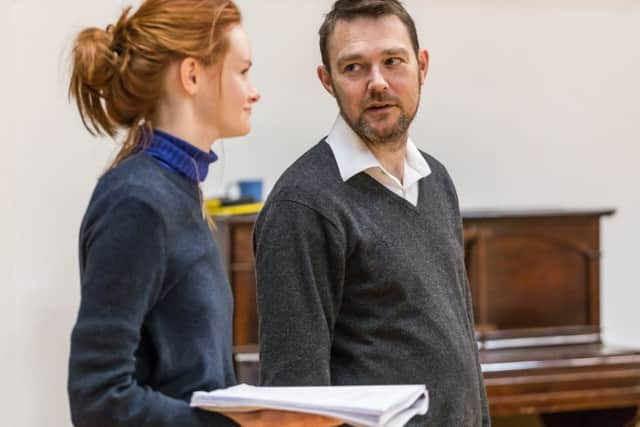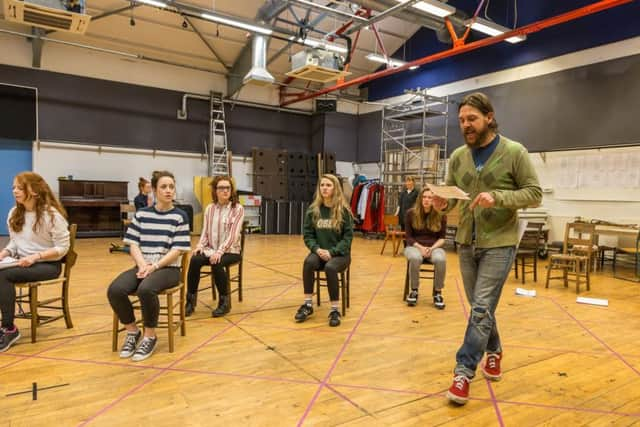Theatre preview: Behind the scenes at the Lyceum's Mary, Queen of Scots play


It’s 19 August, 1561 and Mary, Queen of Scots steps from a ship at Leith docks. She is 18 years old, arriving to claim the crown of a country she scarcely knows. A Catholic arriving in a land ablaze with new Protestantism, she does not yet know her enemies, but they know her, and are already poised to oppose her.
Two weeks later, at Holyrood Palace, Mary calls an audience with John Knox, the firebrand minister of St Giles and leader of Scotland’s reformation. It is the first of four such meetings between Queen and preacher over the next two years, when each is pitted against the other in an unequal power struggle. Each believes themselves appointed by God, and acting out of conscience, but their views are diametrically opposed.
Advertisement
Hide AdThe story of these meetings is told in Glory on Earth, Linda McLean’s new play, commissioned by David Greig for the Lyceum, who also directs. In it, two contrasting individuals – Europe’s most glamorous queen and its best-known religious radical – try to manage the conflicting forces which will shape Scotland for the next 400 years.


“In a room no bigger than this,” David Greig motions around the plush interior of the Lyceum dress circle bar, “these interviews are a smashing together of massive forces that send tides sweeping across the whole continent. Yet at the same time it is so intimate, just two individuals, two humans – and Linda has captured this so beautifully – a clever young woman and a powerful, clever and adamant older man.”
“It really shocked me, that she was so young,” says McLean, the author of award-winning plays such as Riddance, Shimmer and Any Given Day. The commission to write a new play about Mary Queen of Scots catapulted her into a year of intensive research. “I’m not a historian and didn’t know any of the background, but I wanted to explore it. I wasn’t aware that they were contemporaries, that they had such an effect on each other’s lives. Now, I could do Mastermind: 1561-1563 is my specialist period.”
Sitting in an early rehearsal, I get a sense of just how knowledgeable McLean has become as she goes through the nobility of Scotland, one at a time: who is married to whom, where their allegiances lie. Rona Morison (Mary) and the other actors, all female except for Jamie Sives (Knox), work together to pick out the “Mary lines” which rise from a chorus of voices. Many of the actors also play instruments and sing in Michael John McCarthy’s score.
McLean became intrigued by the fact that the only accounts we have of the meetings between Knox and Mary are from Knox’s hand. “He has written the script of those interviews, and he doesn’t simply detail what Mary says, he infers what she’s feeling and thinking. Anyone who writes either a John Knox or a Mary Queen of Scots biography has to use his version. That did allow me to be a bit creative in what she might be thinking and feeling as an 18-year-old girl, being lambasted by this trained theologian running verbal rings around her.”


David Greig adds: “The interesting thing that I think Linda has brought out so well is that, although Knox is running verbal rings around Mary, he’s not morally superior. She has a very solid core, a sense of what her duty is and what the right thing is, and she tries really hard to stick to that. She’s an 18-year-old girl but she’s not a fool, she’s not inconstant, she’s not all the things he suggests she is. I think the play is Mary’s howl of unsilencing. Knox is the nemesis she can’t get past, the thing she’s trying to understand. The play puts us in the position of her, trying to understand him.”
Advertisement
Hide Ad